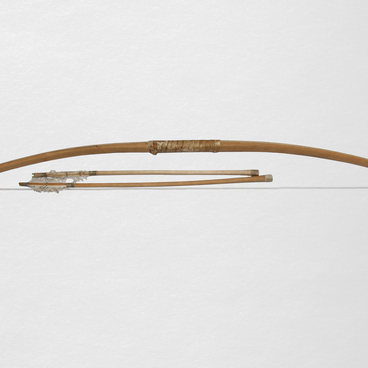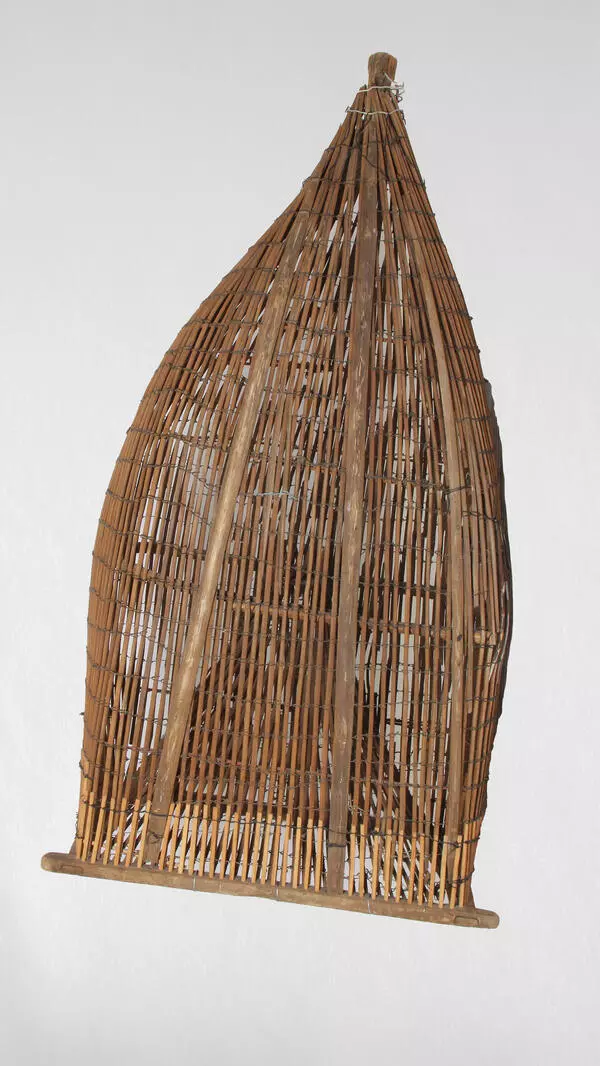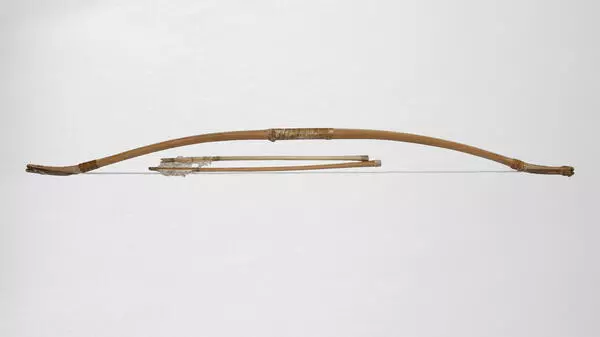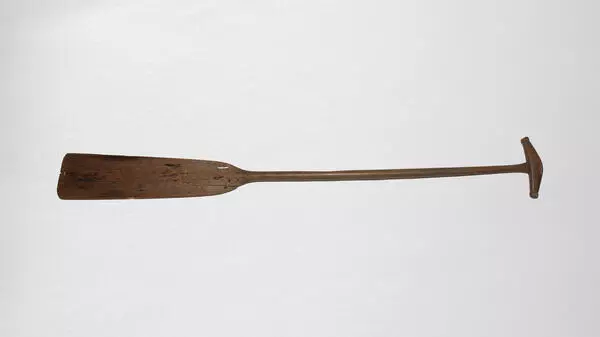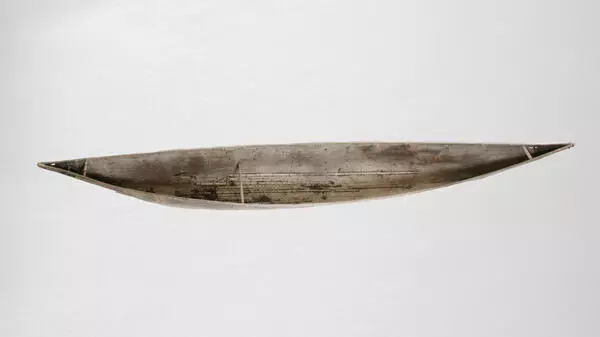A “malitsa” is the traditional men’s clothing of the indigenous peoples of the North, in particular the Nenets. It was sewn from autumn calf skins so that the fur would be inside and it was made as a whole piece that is, it was not cut.
The malitsa could only be put on through the hole for the head. In cut, it resembled a loose shirt, reaching to the knees, and its front part was somewhat shorter than the back.
A hood was sewn to the malitsa, which replaced the hat. With the help of a string threaded through it, it was possible to narrow or widen the opening framing the face. The hood was sewn from a fawn fur in two layers — with fur outside and inside.
A fawn is a reindeer calf that is not yet a month old and has not yet begun to molt. In some classifications, calves are considered fawn in the first six months of life. The fur of such a calf is called a fawn fur. The fur of a molted calf or animal older than six months is called “neblui”.
Mittens were tightly attached to the sleeves of the malitsa. They were sewn with fur outside from kamus — a hard and short-haired part of the hide, which was taken from the legs of a deer or elk.
On the hem, the malitsa is trimmed with an edging. Usually it was made from the skin of an autumn calf or the summer skin of an adult deer — with short fur of low quality, unsuitable for other clothes. One or two strips of yellow, red or green cloth were sewn over the edge of the hem, sometimes a pattern of cuts of white and dark fur was inserted along the hem.
The wide upper part and the special cut of the sleeves with wide armholes made it possible, without removing the malitsa, to take out your hands from the sleeves and, for example, fill a pipe under it. Since the malitsa was worn with a belt so that an overlap was formed over the waist, the bosom replaced the pocket and was a kind of warehouse. It contained a pouch with tobacco and flint, a pipe and other necessary things.
The Nenets usually had three or four malitsa shirts for all occasions. They treated this garment, sewn from rare materials by hand, with great care, since in case of loss or damage it was difficult to restore it.
To preserve the malitsa from dampness, dirt and sunlight, many Nenets wore shirts made of cloth or other dense multi-colored fabric over it. In cut, the shirt was similar to a malitsa: its front part and back were sewn from whole pieces and slightly widened downward.
In severe frosts, in a blizzard and on days when it was necessary to be outdoors for a long time — when grazing, hunting, fishing, or during the move — a “sovik” (parka) was worn on top of the malitsa. This was the name of the outerwear with a hood. Just like the malitsa, the sovik was put on through a hole for the head and worn without a belt. It was sewn from the winter or autumn fur of adult deer with the fur outside.
The malitsa could only be put on through the hole for the head. In cut, it resembled a loose shirt, reaching to the knees, and its front part was somewhat shorter than the back.
A hood was sewn to the malitsa, which replaced the hat. With the help of a string threaded through it, it was possible to narrow or widen the opening framing the face. The hood was sewn from a fawn fur in two layers — with fur outside and inside.
A fawn is a reindeer calf that is not yet a month old and has not yet begun to molt. In some classifications, calves are considered fawn in the first six months of life. The fur of such a calf is called a fawn fur. The fur of a molted calf or animal older than six months is called “neblui”.
Mittens were tightly attached to the sleeves of the malitsa. They were sewn with fur outside from kamus — a hard and short-haired part of the hide, which was taken from the legs of a deer or elk.
On the hem, the malitsa is trimmed with an edging. Usually it was made from the skin of an autumn calf or the summer skin of an adult deer — with short fur of low quality, unsuitable for other clothes. One or two strips of yellow, red or green cloth were sewn over the edge of the hem, sometimes a pattern of cuts of white and dark fur was inserted along the hem.
The wide upper part and the special cut of the sleeves with wide armholes made it possible, without removing the malitsa, to take out your hands from the sleeves and, for example, fill a pipe under it. Since the malitsa was worn with a belt so that an overlap was formed over the waist, the bosom replaced the pocket and was a kind of warehouse. It contained a pouch with tobacco and flint, a pipe and other necessary things.
The Nenets usually had three or four malitsa shirts for all occasions. They treated this garment, sewn from rare materials by hand, with great care, since in case of loss or damage it was difficult to restore it.
To preserve the malitsa from dampness, dirt and sunlight, many Nenets wore shirts made of cloth or other dense multi-colored fabric over it. In cut, the shirt was similar to a malitsa: its front part and back were sewn from whole pieces and slightly widened downward.
In severe frosts, in a blizzard and on days when it was necessary to be outdoors for a long time — when grazing, hunting, fishing, or during the move — a “sovik” (parka) was worn on top of the malitsa. This was the name of the outerwear with a hood. Just like the malitsa, the sovik was put on through a hole for the head and worn without a belt. It was sewn from the winter or autumn fur of adult deer with the fur outside.


